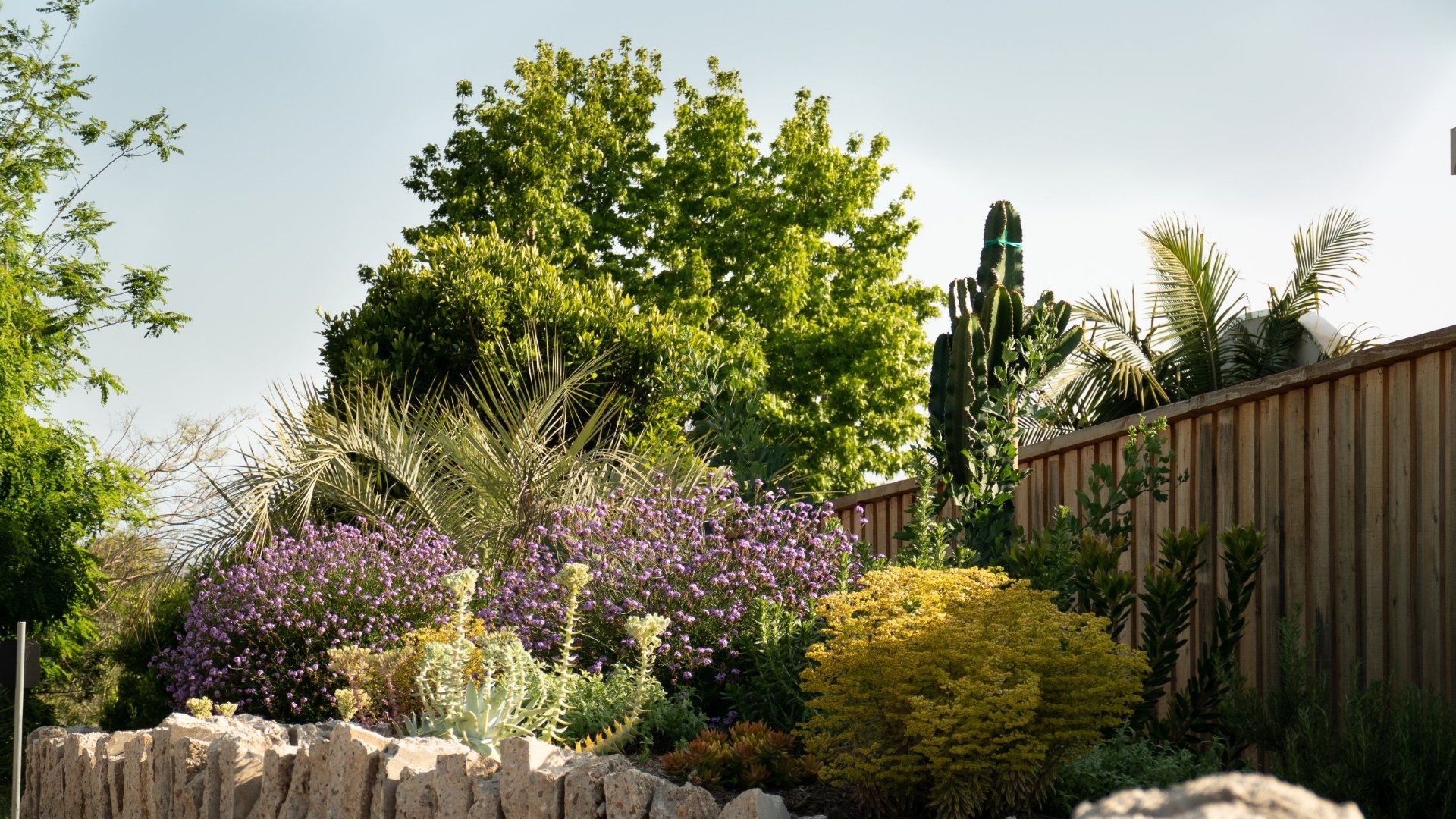
Welcome To The Blog
Carbon Cycling in The Regenerative Built Environment
Rammed earth planter beds. Rammed earth is a natural building technique that involves mixing local soil and aggregate with a small amount of cement and rammed into forms.
Thank the Land on Which We Build
In nature, everything is always in flux, in a process of reciprocation. If we can learn to design from a dualistic approach in which we operate in a capitalist system on one hand, but also see our place in the reciprocal process of the natural world on the other, we can start to develop spaces that serve our needs as the unique animals that humans are, while appreciating that we are also part of nature.
Just Say Not To Artificial Turf
Although an even carpet of emerald green lawn seems like an appealing and simple solution to create a “place to be”. Unfortunately, lawns are also thirsty, high maintenance, and require a lot of chemicals to look their best. Some homeowners may choose to substitute their grass with artificial turf—believing it to be a comparable, water-wise alternative—but this is not the ecologically-friendly option it appears to be at first glance.
Watershed Wise Landscape Architecture
In nature, when rain falls or snow melts, gravity draws water downhill, creating creeks and streams and eventually flowing into larger bodies of water, including lakes, bays, and oceans. Along the way, water is slowed and absorbed in minor depressions in the soil. Plants then receive the water they need to thrive—creating forage and habitat for local fauna and modulate temperature—increasing the chances of future rainfall. Soil and plant roots also filter water, replenishing aquifers and waterways with clean water. If we consider our built environment as an element of the watershed, we can live in harmony with natural processes.
California Native Plants verses Mediterranean Adapted Plants
Many people are confused about what a California Native plant actually is. Even landscape professionals often talk about “native gardens,” when they are actually referring to Mediterranean-adapted gardens. These so-called “native gardens” sometimes include plants that are invasive species, which can have negative ecological impacts and threaten native plant populations in wild land spaces. So, what is a California Native plant, a Mediterranean adapted plant, and an invasive plant species and why is it important to understand the difference?
Landscape Design Using California Native Plants That You Can Eat
There are many good reasons for including California Native plants in your Southern California landscape design. California Native Plants are adapted to our regional climate, which leads to stronger, healthier plants that require less inputs, less water, fertilizer and pest problems. Using plants found in nature in your specific region help provide habitat and forage for native fauna, allowing for us to live in harmony with our surroundings. Southern California boastes one of the greatest levels of bio diversity of plants in the world, so looking to landscape with California native plants we are provide with a wide array of options.
Water Wise Edible Gardening
Coming in from the garden with a basket of freshly grown produce is a great feeling. But with persistent drought condition would be gardeners are concerned that growing food takes to much water. It is true that the traditional vegetable garden can take quite a bit of water, but carefully choosing what you are growing, when you are planting, how you are caring for your soil, and how you are irrigating you can enjoy tasty treats form your landscape and save water.
What Does Sustainable Landscape Design Mean?
Sustainable landscape design
The concept of sustainability—using resources efficiently and protecting the natural world—is essential to effective landscape design. Creating outdoor spaces that serve human beings and also support a thriving environment involves careful consideration of plants, soil, and hardscaping elements. A healthy landscape is an extension of nature, blending best ecological practices with individualized style.









